When it comes to our vehicles, we often rely on their performance without considering the intricate mechanics that make everything tick․ One of those critical components is the piston rings․ But what happens when these rings start to fail? In this article, we’ll explore the implications of driving with bad piston rings, the symptoms to watch for, and the potential consequences for your engine․
- Understanding Piston Rings
- Signs of Bad Piston Rings
- Consequences of Driving with Bad Piston Rings
- What to Do If You Suspect Bad Piston Rings
- Final Thoughts
- Preventive Measures and Maintenance
- Understanding Repair Options
- Driving Habits to Avoid
- Long-Term Impact on Vehicle Performance
- Exploring Repair Options
Understanding Piston Rings
Piston rings are essential for maintaining the efficiency of your engine․ They sit in grooves on the piston and serve several vital functions:
- Sealing the Combustion Chamber: This prevents gases from escaping during the combustion process․
- Controlling Oil Consumption: They ensure that oil doesn’t enter the combustion chamber, which could lead to fouling and increased emissions․
- Heat Transfer: Piston rings help transfer heat from the piston to the cylinder wall, maintaining optimal operating temperatures․
Signs of Bad Piston Rings
Recognizing the signs of bad piston rings early can save you from costly repairs down the line․ Here are some common symptoms:
- Increased Oil Consumption: If you find yourself topping off your oil more frequently, it could indicate that oil is leaking into the combustion chamber․
- Blue Smoke from the Exhaust: This is a telltale sign that oil is burning along with the fuel, a direct result of malfunctioning piston rings․
- Loss of Power: A drop in engine power and acceleration can occur due to inefficient combustion․
- Rough Engine Idle: An engine that idles inconsistently may be struggling due to inadequate sealing from faulty piston rings․
Consequences of Driving with Bad Piston Rings
Continuing to drive with bad piston rings is not just a nuisance; it can lead to severe damage to your engine:
- Engine Wear: Poor sealing leads to increased wear on cylinder walls and other internal components, shortening engine lifespan․
- Complete Engine Failure: In extreme cases, driving with bad piston rings can result in catastrophic engine failure, necessitating a complete rebuild or replacement․
- Higher Emissions: If your vehicle fails to meet emissions standards, you risk fines and additional repairs․
What to Do If You Suspect Bad Piston Rings
If you suspect that your piston rings are failing, here are steps to take:
- Visit a Mechanic: An experienced mechanic can diagnose the issue and suggest repairs․
- Perform a Compression Test: This test can determine the health of your piston rings and overall engine condition․
- Consider Engine Rebuilding: If piston rings are indeed the culprit, you may need to consider more extensive repairs, including rebuilding the engine․
Final Thoughts
Driving with bad piston rings can seem manageable at first, but the long-term implications can be dire․ Maintaining your vehicle and addressing issues as they arise is essential for ensuring your engine’s health․ Regular check-ups and being vigilant about the signs of wear can save you from the headache of extensive repairs․ Remember, a well-maintained engine is a happy engine!
Preventive Measures and Maintenance
To avoid the complications that come with bad piston rings, preventive maintenance is key․ Here are some essential tips to keep your engine in prime condition:
- Regular Oil Changes: Keeping your engine oil fresh and at the right level helps reduce wear on piston rings and enhances overall engine performance․
- Use Quality Oil: Opt for high-quality engine oil that meets your vehicle’s specifications, as it can offer better protection and keep the engine clean․
- Monitor Engine Temperature: An overheating engine can exacerbate piston ring wear․ Ensure your cooling system is functioning correctly to prevent potential damage․
- Address Engine Issues Promptly: If you notice any signs of engine problems, such as odd noises or a decrease in performance, consult a mechanic as soon as possible․
Understanding Repair Options
If you do find yourself in the unfortunate position of needing to address bad piston rings, it’s important to understand your repair options․ Here’s a brief overview of what you might encounter:
- Piston Ring Replacement: This is the most straightforward solution, where the damaged rings are replaced․ However, this often requires removing the engine from the vehicle․
- Engine Rebuild: In cases where there is significant wear, a complete engine rebuild may be necessary․ This process involves replacing not just the piston rings, but also other components that may be affected․
- Engine Replacement: If the damage is extensive and the engine is old, replacing the entire engine could be more cost-effective in the long run․
Driving Habits to Avoid
Adopting good driving habits can also extend the life of your piston rings and overall engine health․ Here are some practices to avoid:
- Avoid Overloading: Excess weight can put additional stress on your engine, leading to faster wear on components like piston rings․
- Don’t Rev High on Cold Starts: Allowing your engine to warm up before driving can prevent undue stress on the piston rings and other components․
- Limit Short Trips: Frequent short trips can prevent your engine from reaching optimal operating temperature, leading to increased wear over time․
Driving with bad piston rings is a gamble that can lead to significant consequences for your vehicle’s engine․ By staying informed about the signs of potential issues, practicing preventive maintenance, and understanding your repair options, you can protect your investment and keep your car running smoothly for years to come․ Remember, an ounce of prevention is worth a pound of cure—regular checks and timely interventions could mean the difference between a minor repair and a major overhaul․
Long-Term Impact on Vehicle Performance
Driving with compromised piston rings can significantly affect your vehicle’s overall performance․ Over time, the inefficiencies caused by bad piston rings can lead to a series of cascading problems․ Here’s a closer look at how these issues can manifest:
- Fuel Efficiency Decline: As the piston rings fail to seal properly, the engine may consume more fuel than necessary․ This not only affects your wallet but also increases your carbon footprint․
- Engine Knocking: A knocking sound can be a symptom of various engine issues, including bad piston rings․ This noise often indicates that the engine is struggling to operate effectively, leading to further damage if not addressed․
- Increased Emissions: As oil enters the combustion chamber, it burns off alongside fuel, resulting in higher emissions․ This can put your vehicle at risk of failing emissions tests and can have legal implications․
- Potential for Engine Overhaul: If left unchecked, the problems caused by bad piston rings can escalate to the point where a complete engine overhaul may be necessary, greatly increasing repair costs․
Exploring Repair Options
If you are faced with bad piston rings, it’s crucial to weigh your options carefully․ Here are some potential repair strategies:
- Ring Replacement: This process involves replacing only the damaged piston rings․ It’s less costly than a full engine rebuild and can be effective if caught early․
- Full Engine Rebuild: In cases of extensive damage, a full rebuild may be necessary․ This often includes replacing piston rings, cylinder walls, and other essential components, ensuring your engine runs like new․
- Engine Swap: If the engine has significant wear and tear, swapping it for a refurbished or new unit might be the most practical solution, especially for older vehicles․
The bottom line is this: driving with bad piston rings is a risk you simply can’t afford to take․ The implications extend far beyond a simple inconvenience, affecting fuel efficiency, engine health, and your overall driving experience․ Regular maintenance checks and being attuned to your vehicle’s performance can make all the difference in catching these issues before they escalate․
Investing in your vehicle’s health today not only prolongs its lifespan but also ensures that you remain safe and efficient on the road․ So, stay vigilant, and don’t hesitate to consult with a mechanic if you suspect your piston rings are on the fritz․ Your engine will thank you!

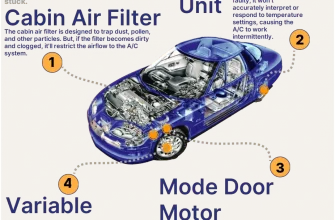
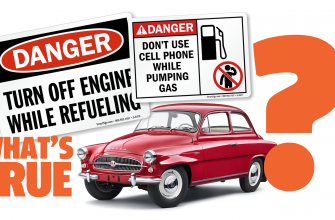
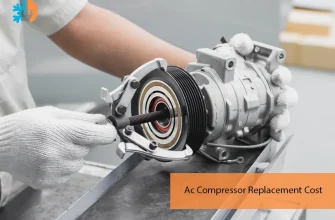

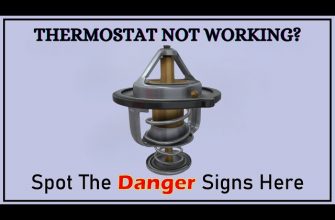
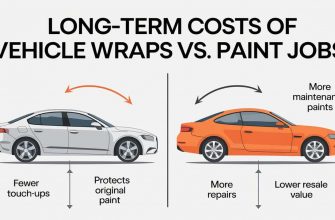
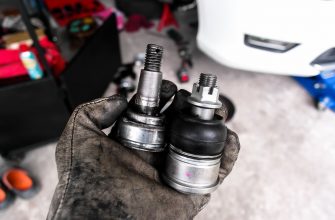
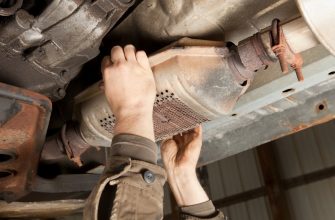
This article provides a clear understanding of the importance of piston rings. I never realized how crucial they are for engine performance!
Informative and well-written! I learned so much about what to look for with bad piston rings. Highly recommend this article!
This article is a must-read for car owners! Understanding these mechanics can save us from expensive repairs in the future.
I appreciate the thorough explanation of how piston rings function. This knowledge will definitely help me maintain my vehicle better.
Fantastic read! The section on consequences was eye-opening. I’ll be keeping a closer eye on my engine from now on!
Very insightful piece! I had no idea that rough idling could be linked to piston ring issues. Thanks for enlightening me!
Great insights into the symptoms of bad piston rings! The blue smoke detail really caught my attention. Thanks for sharing!